《Operation Moscow》Introduction to real historical events
The most recent one - Operation Moscow - has been a hit since it was aired. It has a very deep grasp of the details of the plot and characters. It can't even escape the involvement of the plot. It has been in the emotional whirlpool of the story.《Moscow Operation》The introduction of real historical events has been closely followed by everyone recently. Here are some contents compiled by the editor for you.
The movie - Operation Moscow - is adapted from the prototype of a real event: the Sino-Russian train robbery.
On the vast Siberian plain, the K3 international train from Beijing to Moscow roars past. This railway line with a total length of more than 7,800 kilometers spans the Eurasian continent. The whole journey takes 6 days and 5 nights. It has been in operation since 1959., the K3 international train has been running for nearly 60 years. In the early 1990s, most of the domestic businessmen would choose to take this train to transport goods to Moscow, and start selling goods along the way.
But in the winter of January 1993, when passengers on this international train arrived in Moscow, what awaited them was a nightmare experience.
In the early 1990s, Sino-Russian trade became increasingly frequent, and Russia's light industry was underdeveloped. However, China's light industry products could often earn high profits when sold to Russia.Seeing such money-making opportunities, many people began to transport Chinese goods to Russia for sale. Such people were nicknamed “robbers” in that era.Shao Xun, who was only 22 years old at the time, was one of the many "bad guys".
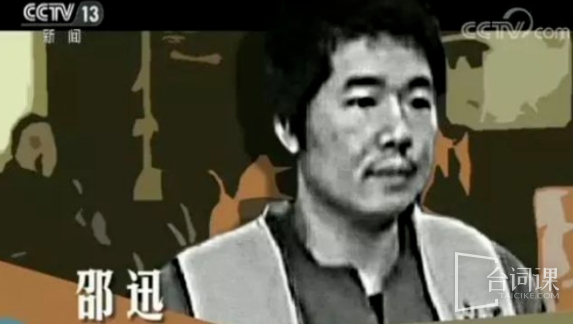
Police handling the case
For example, the purchase price of a simple light industrial product lighter at that time was RMB 0.8 yuan in China, but it was equivalent to US$1 to US$1.2 over there. This was a huge profit at this price.He (Shao Xun) also went to Russia for business in 1992. He only sold down jackets, and the quality was relatively good.
When he was robbed, he volunteered to join the robbery gang
Shao Xun, a native of Shanghai, is one of the main perpetrators of the Sino-Russian train robbery. According to the public prosecution, their initial target of the robbery was not the passengers on the K3 international train, but Chinese businessmen living in Moscow.The down jackets that Xun Xun wholesaled at low prices in China were quickly exchanged for wads of cash when they arrived in Russia. After several trips, Xun Xun discovered that this was indeed a good way to make a fortune. However, the good times did not last long.When Xian Xun was about to do something big, his good business attracted some people's attention.Shortly after arriving in Moscow, Shao Xun was robbed by the same group of Chinese people one after another. All the cash on him was robbed, and he almost lost his life.After being robbed twice in a row, Xun Xun, who was penniless, took the initiative to find the robbers and asked to join them.According to charges from the public prosecution, Shao Xun participated in a number of robberies in Moscow in 1993, with the total value of the robberies reaching more than $21,800.
Zhu Xingjin, male, 40 years old at the time, was from Shandong. He was caught by the police for pickpocketing. He later moved to Moscow. He saw many Chinese businessmen making a fortune by selling goods, so he organized a group of people to carry out robberies in Moscow.
Most of the members of Zhu Xingjin's criminal gang are from the north, and they are inextricably linked to each other.In Moscow at that time, many Chinese businessmen were southerners from Jiangsu and Zhejiang. In order to rob these people, a person with a southern accent was needed to knock on their doors. Shao Xun, who had a Shanghai accent, became aVery good candidate.
Clear division of labor and a vicious cycle of robbery and gambling
After knocking on the victim's door, the robbers hiding behind Shao Xun broke in with knives and gas guns, tied up the victim, stole property, and beat the victim if they resisted.In order to rob, Shao Xun's first crime target was someone he knew well.Evidence shows that one day in early January 1993, Shao Xun was asked to provide information about several wealthy Chinese people in Moscow. At that time, several Shanghainese happened to ask Shao Xun for help in applying for visas to a third country. Shao Xun willThis information was passed on to the accomplices.A few days later, Shao Xun and a group of people arrived at the residence of a fellow Shanghainese. Shao Xun stood in front of the door and rang the doorbell. The people in the house opened the door and saw him. Just as he was about to speak, the people behind him broke into the house and started robbing..After the first successful crime, Shao Xun participated in nine more robberies using similar methods.
Continuous robberies made Shao Xun and others rich quickly. Because it was so easy to get money, these people all got into the bad habit of gambling in Moscow.
For most Chinese businessmen living in Moscow at the time, the early months of 1993 were like a nightmare.From January to May 1993, in addition to Shao Xun's criminal gang, there were three other criminal gangs carrying out violent robberies, and many Chinese were robbed.This crazy looting continued until the end of May 1993, when a major train robbery that shocked China and the world finally brought this crime to an end.
Four gangs of gangsters robbed a train one after another
At 7:40 a.m. on May 26, 1993, the K3 international train from Beijing to Moscow slowly left the platform and began a long journey of 130 hours.For most passengers on this train, this journey is another gold rush filled with money and temptation.However, no one expected that just as the train left the Chinese border, they would be greeted by nightmares one after another.

K3 train route map
Erenhot is the last stop of the K3 international train in China. Since cross-border law enforcement is not allowed, all the Chinese policemen on the train got off at this stop.Thereafter, the train entered Mongolia and headed to Moscow.After leaving Erenhot, the train entered Mongolia. No one thought that several young people who got on the train from Beijing were plotting to rob everyone on the train.Seeing that the train had left China, the gang suddenly rushed out of the compartment, armed with sharp knives and gas guns, and began to rob passengers in other compartments.
Since there were no police officers on board, the gangsters were unscrupulous in their robberies. They refused to let go of every carriage and even raped a female passenger.
At noon on May 27, 1993, the train arrived in Ulaanbaatar, the capital of Mongolia. After carrying out the robbery for nearly ten hours, the gang got off the train and drove away.
However, the nightmare didn't end there.That evening, two more groups of gangsters boarded the train armed with machetes and pistols.The leaders of these two criminal gangs are a man and a woman. The man is called Zhu San and the woman is called Erjie. Of course, these are just their nicknames. Their real names are Zhu Xingjin and Zhao Jinhua.After they got on the bus, they started a new round of looting against the passengers.On May 31, 1993, the K3 train entered Russia. No one expected that at this time, another wave of robbers would board the train.
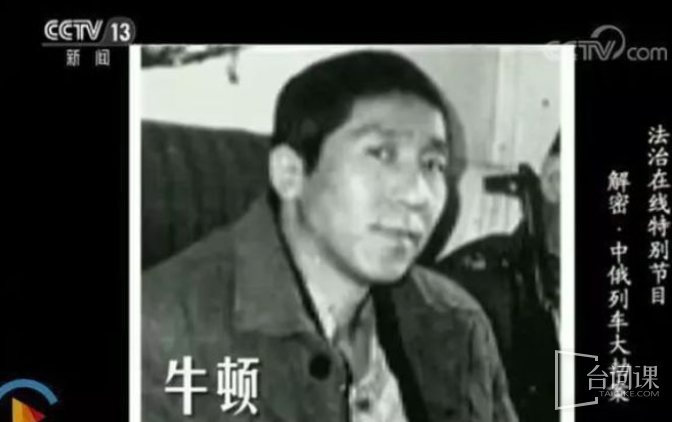
Criminal gang leader Newton
Newton, the leader of the fourth group of robbers on the K3 international train. When they rushed onto the train, the two groups of robbers, Zhu Xingjin and Zhao Jinhua, had not yet gotten off the train. They were looting from the front to the rear, while Newton got onBehind the car, there was no conflict with the other two gangs, but they chose to rob the car from the rear to the front.
Thrilling Chinese police launch cross-border manhunt
However, at this moment, an accident happened: four Fujian passengers jumped off the bus.Upon discovering that someone had jumped off the train, several robbers from Newton's gang immediately pulled the train's emergency brake valve, got off the train and chased four passengers, stabbing several of them.It was not until the local police arrived that the group of robbers fled the scene.
On May 31, 1993, this international train, which had been robbed four times, finally arrived in Moscow.After receiving the alarm, the Russian police subsequently reported the case to the Chinese government.According to subsequent statistics, more than 20 Chinese passengers were killed on this train. Many were injured and stabbed. The amount of money robbed amounted to more than 7,000 US dollars, as well as hundreds of thousands of rubles and a large amount of RMB and gold jewelry.Waiting for property.
After the Sino-Russian train robbery, it immediately attracted great attention from the Chinese police, and a thrilling cross-border manhunt was about to begin.
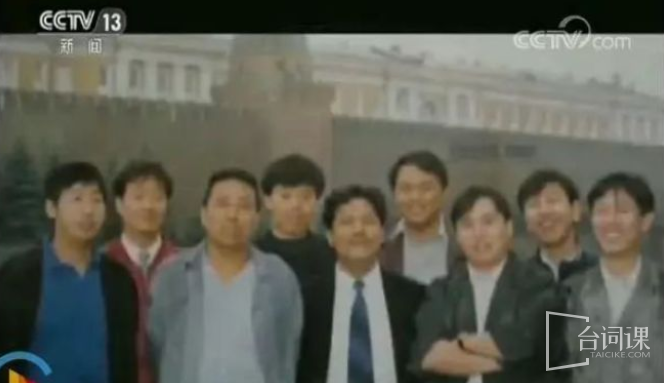
On June 9, 1993, the nine men in the photo above boarded the K3 international train. In conversations with outsiders, they claimed to be “international gangsters”.But the true identities of these nine people are elite soldiers carefully selected by the Beijing Railway Public Security Bureau. The man in the middle of the photo is named Cheng Yali, the former director of the Beijing Railway Public Security Bureau. When he received this mission, he was still a member of the Beijing Railway Public Security Department.A deputy director.Their mission this time is to go to Moscow to investigate the Sino-Russian train robbery.
In order to better collect evidence, Cheng Yali and the others decided to pretend to be ordinary businessmen and take the K3 train to Moscow.However, because China and Russia had not yet established police cooperation relations at that time, the team led by Cheng Yali encountered various difficulties before setting off.
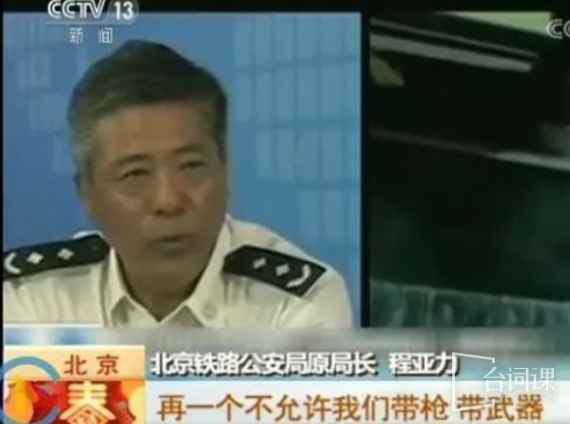
If you are unable to carry weapons out of the country, what should you do if you encounter a robber on the train?Cheng Yali knew very well that what they were about to face was a group of extremely vicious desperadoes. As the commander-in-chief of this operation, he must consider the safety of his team members.After some discussion, Cheng Yali and the others came up with an unorthodox idea. They brought the rolling pin and spring lock onto the train. If they were in danger, they could use these items to fight the robbers.
The expected hand-to-hand encounter did not occur. Cheng Yali and his 8-member action team arrived in Russia safely. They were in a strange foreign country and their identity could not be revealed. The action team led by Cheng Yali initially found out that they had participated in robberies on the train and in Moscow.There are hundreds of criminal suspects, and they belong to several different criminal gangs. Most of them are unemployed people from China with criminal records.
Hong Xiaoqiang was the first opponent the action team faced at that time. He was a ruthless man with many subordinates.After grasping Hong Xiaoqiang's whereabouts, the action team arrested Hong Xiaoqiang.
Shortly after Hong Xiaoqiang was arrested, the action team received news that Miao Binglin, one of the leaders of the four major robbery gangs, had appeared. This news made the members of the action team very excited. In order to find Miao Binglin, they had already done everything they could to find him.A lot of work and now it’s finally time to close the net.
Cheng Yali, former director of Beijing Railway Public Security Bureau
It was almost three o'clock when someone knocked on my window. The sound was very low. When I saw someone lying outside the window, it was one of our informants. He said that Miao Binglin was back.Since we already knew the address, I told him (the informant) what to do. I told them to have dinner at about 5 o'clock, drink some wine, and sleep for more than an hour, which is when they were asleep.Not easy to wake up.
After nearly a hundred days and nights of arduous pursuit, as of October 1993, 60 major criminal suspects were captured by the action team and extradited back to China, especially the core figures of these criminal gangs, Zhu Xingjin, Ku Wan and, Miao Binglin and Newton all slipped through the net.
The legal network is open and the main criminals have confessed one after another and been brought to justice
Beginning in 1994, after trials by the Beijing Railway Court, a total of 62 people from the four major gangs and other sporadic robbery criminals were sentenced one after another. Among them, 31 were sentenced to life imprisonment or death, and 14 were sentenced to fixed-term imprisonment of more than ten years.
This thrilling Moscow operation has finally come to an end. However, until now, many criminal suspects who participated in the robbery have not been brought to justice, and the Chinese police have never stopped hunting them.
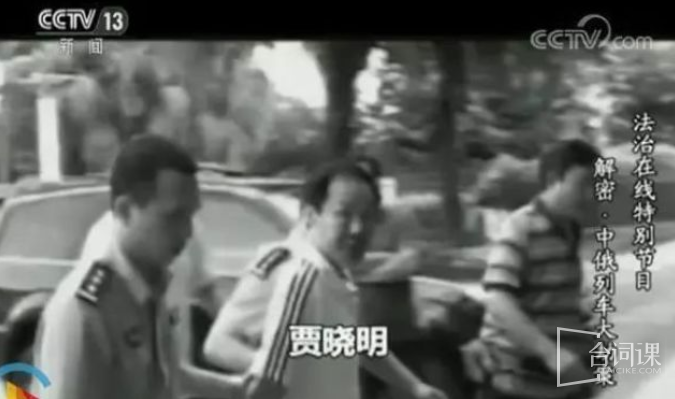
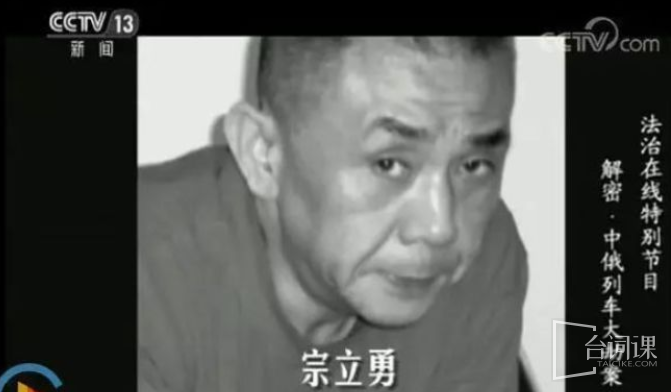
In May 2011, the Ministry of Public Security launched a seven-month nationwide special inspection of online fugitives, the Internet Cleanup Operation, to capture all types of criminal suspects at large with nationwide and police-wide pursuits.On June 25, 2011, Jia Xiaoming, the wanted criminal in the Sino-Russian train robbery case, who had been on the run for 18 years, was arrested in Guilin, Guangxi. On July 21, 2011, Zong Liyong, another wanted criminal in this case, was arrested at the Capital International Airport..
In April 2012, the Beijing Railway Transport Intermediate Court opened a trial against Jia Xiaoming. According to the prosecution’s in-court accusations, from December 1991 to May 1993, Jia Xiaoming, together with members of Miao Binglin’s gang and others, carried out illegal activities in hotels and restaurants in Moscow, Russia.Chinese people were robbed 13 times in private residences, train stations and international trains from Beijing to Moscow, and 26,200 US dollars, more than 1 million rubles, jewelry and other items were robbed. Jia Xiaoming received a share of US$5,020 in stolen money and other items.At the same time, the prosecutor's office alleged that in March 1993, Jia Xiaoming and his accomplices raped a female passenger on the K3 train from Beijing to Moscow.After trial, the court held that the procuratorate’s facts and evidence against Jia Xiaoming for robbery and rape were clear and sufficient, and the charges were found guilty.The defendant Jia Xiaoming was sentenced to life imprisonment, deprived of political rights for life, and ordered to confiscate all personal property.
Facing the solemn trial of the law, the main criminal who committed numerous crimes in the Sino-Russian train robbery finally pleaded guilty.Prior to this, Shao Xun, who had been on the run for many years, was also captured by the police during this Internet purge operation.On February 9, 2012, the Beijing Railway Transport Court made a verdict in the Shao Xun case: the defendant Shao Xun was sentenced to 15 years in prison for robbery, deprived of political rights for three years, and confiscated personal property of RMB 88,400.Eighty yuan.
The above is the entire content of the introduction to the real historical events of Operation Moscow.If you want to know and explore in more detail the plot, the story behind the production, the character actors, etc. of this film and television series, we can provide you with more information and intelligence.Please be sure to pay attention to our line classes to get more relevant information.
Website Disclaimer: The content of “《Operation Moscow》Introduction to real historical events” on this site is provided by user "DuneDynamo" and is for display purposes only. Copyright belongs to the original author. If your rights have been infringed, please contact us, and we will remove it as soon as possible.
- 1 TV series《bleacing》plot introduction
- 2 《Ai Jiufang has deep knowledge》Plot introduction
- 3 《guardisns of the dafeng》Drama calendar
- 4 《flourishen peony》Drama calendar
- 5 Korean drama《Sweet Home 3》is confirmed to be released on July 19
- 6 《Pediatric Crisis 24 Hours》Plot introduction
- 7 《The night I can't go back》Plot introduction
- 8 《He who is a sneaky dog》Plot introduction
- 9 《Burning Mitarai's house》Episode 8 plot introduction
- 10 《under the moonlight》Episode 8 plot introduction
- 11 Is Lucky Man Luo Wencong married?
- 12 What is the name of the short play between Er Hu and Wen Ruyu?
- 13 《FANGS OF FORTUNE》Is the ending be or he?
- 14 《The return of the legendary dad》Plot introduction
- 15 Anime《Solo Leveling》Updated on days of the week
- 16 Netflix《Let's Talk About CHU》Character introduction
- 17 《Let's Talk About CHU》Full episode plot introduction
- 18 《A thousand peach blossoms bloom forever》Drama calendar
- 19 《You can't escape from the palm of your hand》Plot introduction
- 20 《Who are the flowers in the house married for》Plot introduction
